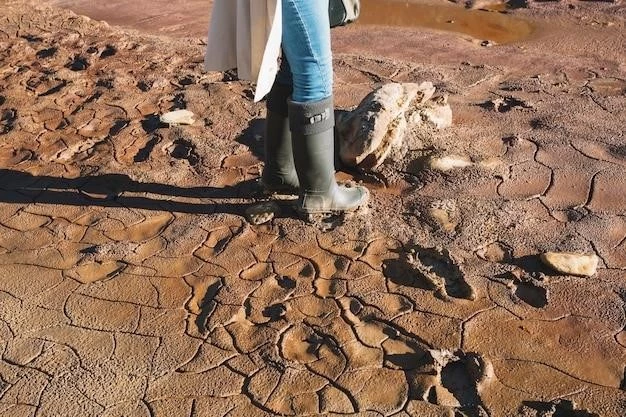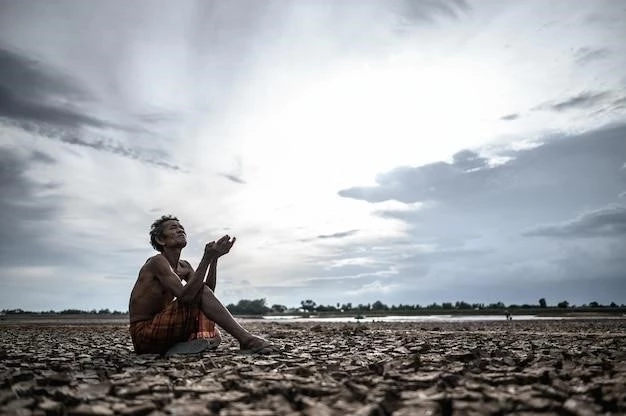Introduction to Worster-Drought Syndrome
Disease⁚ Worster-Drought syndrome, various syndromes identified by Dr. Worster-Drought. Worster-Drought syndrome (WDS) affects mouth and throat muscles, is a form of cerebral palsy.
Worster-Drought syndrome (WDS) is a form of cerebral palsy that primarily affects the muscles around the mouth and throat. Symptoms include difficulties with drooling, swallowing, and speaking. The syndrome was identified by Dr. Worster-Drought and is characterized by congenital suprabulbar paresis.
Characteristics of Worster-Drought Syndrome
Worster-Drought syndrome is a form of cerebral palsy affecting mouth and throat muscles, leading to challenges in swallowing, speaking, and drooling. It may also impact intelligence, behavior, or seizures.
Definition and Overview
Worster-Drought syndrome (WDS) is a form of cerebral palsy that primarily affects the muscles around the mouth and throat. It is characterized by congenital pseudobulbar (suprabulbar) paresis, leading to difficulties with drooling, swallowing, and speaking. Individuals with WDS may also experience challenges with intelligence, behavior, or seizures.
Associated Challenges
Individuals with Worster-Drought syndrome (WDS) face various challenges, including difficulties with feeding, swallowing, drooling, speech articulation, and tongue movement. They may also experience co-existing conditions such as epilepsy, delayed development, cognitive issues, and learning disabilities. The etiology of WDS is multifaceted, with specific entities often contributing to its manifestation.
Diagnosis and Identification
Diagnosing Worster-Drought Syndrome involves assessing symptoms like difficulties in feeding, swallowing, speech articulation, and tongue movement. Due to its association with cerebral palsy, a comprehensive evaluation by healthcare professionals is essential for accurate identification.
Clinical Evaluation
Clinical evaluation for Worster-Drought Syndrome involves a thorough assessment of symptoms such as difficulties with feeding, swallowing, speech articulation, and tongue movement. Healthcare providers may also conduct neurological examinations to identify specific motor impairments associated with the syndrome.
Differential Diagnosis
When evaluating Worster-Drought Syndrome, healthcare providers must differentiate it from other conditions that also affect feeding, swallowing, speech, and tongue movements. Conditions such as cerebral palsy subtypes, neuromuscular disorders, or genetic syndromes may present similar symptoms and require careful consideration during the diagnostic process.

Causes and Risk Factors
Worster-Drought Syndrome, a form of cerebral palsy, predominantly affects mouth and throat muscles causing issues with swallowing, speaking, and drooling. The syndrome may arise from various factors, including genetic predisposition, familial history, and other unidentified etiologies.
Etiology of Worster-Drought Syndrome
Worster-Drought Syndrome (WDS) is primarily characterized by congenital pseudobulbar (suprabulbar) paresis, leading to difficulties in feeding, swallowing, drooling, and speech articulation. While the specific etiology remains unidentified in many cases, familial instances have been reported, suggesting a potential genetic component contributing to the syndrome’s development.
Genetic and Familial Considerations
While the specific genetic etiology of Worster-Drought Syndrome (WDS) remains unidentified in many cases, familial instances have been reported. This suggests a potential genetic component contributing to the development of the syndrome, indicating a need for further research into familial and genetic influences on WDS.
Treatment Approaches for Worster-Drought Syndrome
Treatment for Worster-Drought Syndrome focuses on managing symptoms such as difficulties with drooling, swallowing, and speaking. Therapeutic interventions and multidisciplinary care strategies play a crucial role in addressing the challenges associated with the syndrome.
Therapeutic Interventions
Therapeutic interventions for Worster-Drought Syndrome focus on addressing the challenges related to difficulties in drooling, swallowing, and speaking. These approaches aim to improve the quality of life for individuals affected by the syndrome through targeted therapies and interventions.
Multidisciplinary Care Strategies
Individuals with Worster-Drought Syndrome (WDS) benefit from a multidisciplinary approach to care. This involves collaboration among various healthcare professionals such as speech therapists, occupational therapists, and nutritionists to address the complex needs associated with the syndrome. By employing a holistic care strategy, individuals with WDS can receive comprehensive treatment and support tailored to their specific challenges and requirements.
Research and Advancements in Worster-Drought Syndrome
Research into Worster-Drought Syndrome focuses on understanding the underlying causes and advancing treatment options. Current studies explore genetic influences, familial considerations, and innovative therapeutic approaches to enhance the care and management of individuals affected by the syndrome. Novel therapeutic avenues are being explored to improve outcomes and quality of life for individuals with Worster-Drought Syndrome.
Current Studies and Findings
Current studies on Worster-Drought Syndrome primarily focus on understanding the genetic influences, familial considerations, and etiology of the syndrome. Researchers are exploring innovative therapeutic approaches to enhance the care and quality of life for individuals with Worster-Drought Syndrome, aiming to improve outcomes and develop more effective treatment strategies.
Novel Therapeutic Avenues
Ongoing research in Worster-Drought Syndrome is exploring innovative therapeutic avenues to address the challenges faced by individuals affected by the syndrome. By investigating new treatment strategies and interventions, researchers aim to enhance the quality of care and improve outcomes for individuals living with Worster-Drought Syndrome.

Worster-Drought Syndrome and Cerebral Palsy
Worster-Drought Syndrome, identified by Dr. Worster-Drought, is a form of cerebral palsy that affects mouth and throat muscles, leading to challenges in swallowing, speaking, and drooling. It is characterized by congenital suprabulbar paresis.
Relationship with Cerebral Palsy
Worster-Drought Syndrome, identified by Dr. Worster-Drought, is a subtype of cerebral palsy that specifically affects the muscles involved in mouth and throat movements, leading to challenges with drooling, swallowing, and speech articulation.
Distinctive Features of WDS among CP Cases
Worster-Drought syndrome (WDS) presents distinctive features among cerebral palsy cases, particularly affecting the muscles involved in mouth and throat movements. The syndrome manifests with difficulties in drooling, swallowing, and speech articulation, setting it apart from other forms of cerebral palsy.
